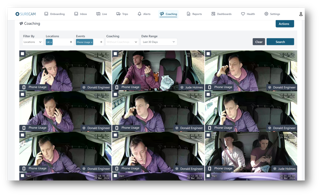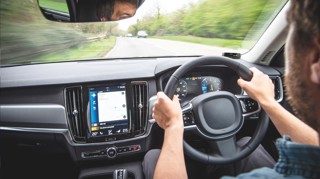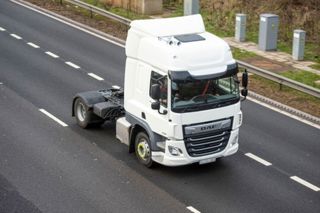
Driver management
Fleet management is about much more than just looking after vehicles – monitoring and optimising the performance and well-being of drivers is also a key responsibility.
On any given day, driving is statistically the most dangerous activity an employee can undertake, so it is vital to mitigate risks.
This should start with providing a driver’s handbook, outlining policies on topics such as drink-driving, speeding and other behaviours, as well as clearly setting out what is expected of them.
Driver skills can be enhanced and maintained though robust training programmes, while ongoing monitoring of driver behaviour – often through technologies such as telematics – is vital to ensure driving standards meet the required level.
This can also identify any areas which need to be addressed through further training, for example.
As well as keeping employees safe, there is also a strong business case for a well-implemented driver management process.
Better drivers also tend to inflict less wear and tear on vehicles, as well as achieve improved fuel efficiency, which can lead to significantly reduced running costs.
Cut your risk with the new Fleet News safety report
Improving safety is a top priority for many fleets, but it can be a complicated subject to tackle. Our new report provides comprehensive and straightforward advice.


















































